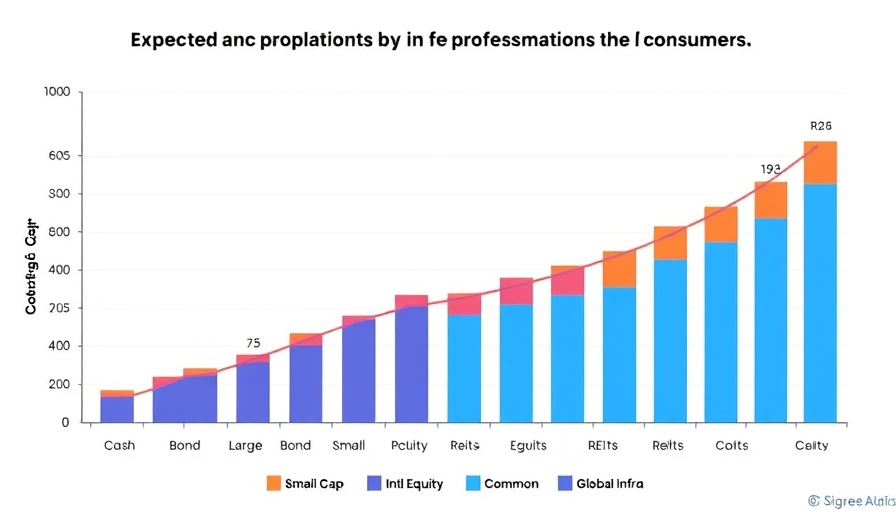
Understanding Inflation Expectations and Real Assets
Inflation is a critical consideration for everyone, especially entrepreneurs and small business owners who often face budget constraints and pricing pressures. Recent surveys indicate that inflation expectations are on the rise; the University of Michigan found a dramatic jump in median forecasts from 3.3% in January to 6.5% in April. Yet history shows that these expectations can easily miss the mark, leading to a persistent gap between what consumers and forecasters anticipate versus the actual inflation levels.
Between the third quarter of 1981 and the first quarter of 2025, the correlation between expected and realized inflation was only 0.20 among consumers and slightly better at 0.34 for professional forecasters. This discrepancy highlights the importance of always being prepared for the unexpected.
Why Real Assets Matter
When it comes to safeguarding investments against unpredictable inflation, real assets like commodities, real estate, and infrastructure can serve as powerful hedges. Historical evidence shows that these assets have performed well in various inflationary environments, making them a key component of a balanced portfolio.
For entrepreneurs, maintaining an allocation in real assets can help insulate your ventures from unexpected inflation surges, providing stability and protection. As inflation expectations continue to fluctuate, incorporating real assets into your investment strategy is not just prudent—it's essential.
Staying Ahead of Inflation
It’s crucial for small business owners and investors to keep their fingers on the pulse of inflation forecasts and align their strategies accordingly. Utilizing tools such as the Federal Reserve Bank of Philadelphia’s “Survey of Professional Forecasters,” and paying attention to consumer surveys can help you gauge the sentiment around future inflation. Making informed decisions will enable you to maneuver your portfolio effectively.
By investing in real assets and staying attuned to market trends, you can mitigate risks associated with inflation volatility. Consider this approach as a proactive measure to safeguard your investments and maintain financial health.
 Add Row
Add Row  Add
Add 




Write A Comment